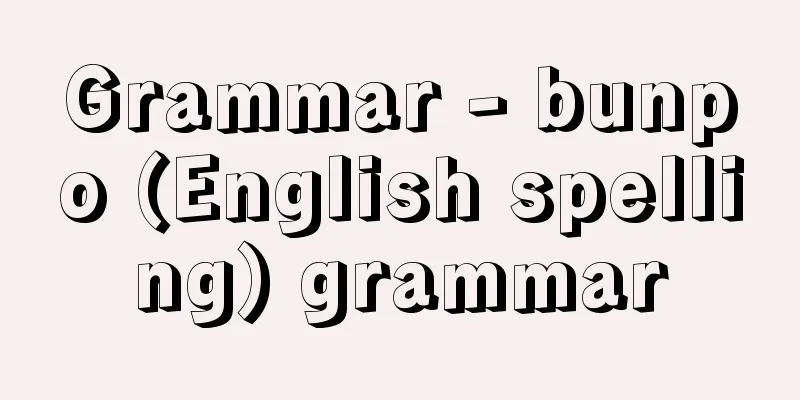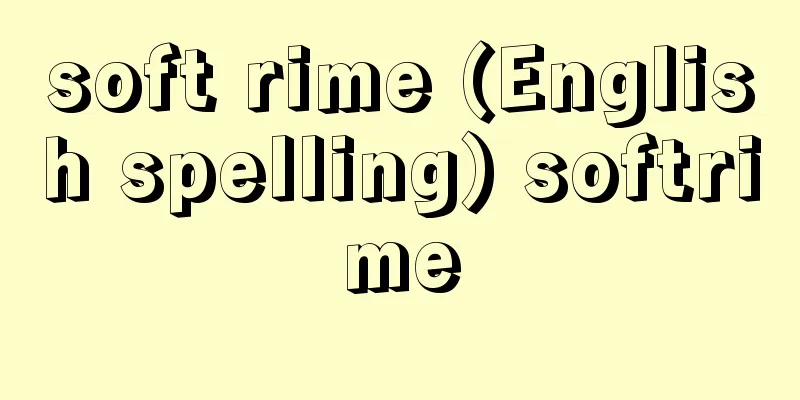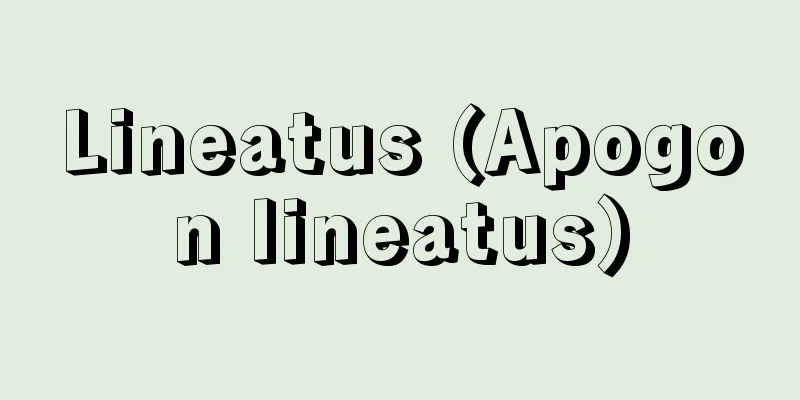Grammar - bunpo (English spelling) grammar

|
The term is used in several different ways depending on the scholar's intentions and methodology. In contrast to prescriptive grammar, which is a grammar written with the normative purpose of correct usage of a language, linguists usually use the term descriptive grammar, which is a description from an objective or scientific point of view without value judgments like prescriptive grammar. The term descriptive grammar also refers to a so-called synchronic description that deals with the state of a language at a certain point in time, but in this usage it is contrasted with historical grammar, which is a diachronic description that deals with the historical development of a language. Methodological usage includes the term comparative grammar, which incorporates the comparison between languages in historical linguistics, and transformational grammar (generative grammar), which refers to the grammatical theory proposed by Chomsky in recent years. Also, in the case of grammatical theories systematized by grammarians, especially in Japan, names are often given after the grammarian's surname, such as "Yamada Grammar" (Yamada Takao (Yoshio)) or "Tokieda Grammar" (Tokieda Motoki (Motoki)). Grammar, as a system that links sound and meaning, is usually divided into several departments for study, which are related in the structure shown below.
Grammar research is usually done by applying the above-mentioned fields to individual languages, but research is also being conducted at a level that transcends individual languages, and in recent years, the pursuit of syntactic and phonological features that span all human languages has become particularly popular. Grammar that aims to describe all human languages in this way is called universal grammar, and is distinguished from individual grammar. [Masayoshi Shibatani] Japanese GrammarWords can be classified as follows: (1) nouns, which indicate the names of things; (2) verbs, adjectives, and adjectival verbs, which indicate the action, existence, or state of things; (3) adverbs (including conjunctions, interjections, and conjunctions), which add various meanings to the words in the above two categories; and (4) auxiliary verbs and particles, which are always used in conjunction with other words and add various meanings. Of the above-mentioned parts of speech, there are four words that can be conjugated: verbs, adjectives, adjectival verbs, and auxiliary verbs. There are four types of conjugation: verb-type, adjectival verb-type, adjectival verb-type, and special type (in the case of auxiliary verbs; includes non-inflective conjugation). In modern Japanese, conjugation is a systematic change in word form that occurs when a word is cut (a sentence is broken) or continued (another word follows), and with the exception of imperative verb forms, there is no change in meaning when conjugated. In this respect, it differs from Western languages such as English, where the meaning changes with the change in word form, such as present and past. However, in Japanese up until the Heian period, verb-type conjugated words included the meaning of a situation changing over time. From the end of the Heian period, verbs no longer had any meaning related to time, and only imperative forms without any meaning related to time retained the unique meaning of their word form. Going back to the Heian period, there are different meanings for conjugated words, including verbs, adjectives, and adjectival verbs. Verbs express actions, functions, existence, etc., but conjugation shows a change in meaning that corresponds to time. These changes are a situation that has not yet become a reality (potential form), a situation that has already become a reality (conjunctive form), a basic situation, and from that basic point of view, the current situation in terms of time (conclusive form), a situation at hand, but with a noun below (conjunctive form), continuing below on the premise that the situation has become a reality (already-form), and an order to the other person (imperative form). These changes show that ancient Japanese people recognized that the situation expressed by the verb progresses and changes over time. Adjectives have three conjugation forms: "(shi)ku (conjunctive form)", "shi (final form)", and "(shi)ki (attributive form)" (the other conjugation forms are all compounded versions of the verb "ari" and are not the original conjugation forms of adjectives). However, these change depending on how the situation the word describes appears in the given situation, and no change in meaning related to time is recognized. This means that the meaning of the state described by the adjective was not recognized in relation to time. Actions, functions, and existence change from moment to moment, but such changes are difficult to recognize for states, so it is only natural that there is a difference in meaning between verbs and adjectives in conjugation. It is easy to understand why existence is captured by the verb "ari" and absence is captured by the adjective "nashi" because existence changes over time, but absence cannot change. Adjectival verbs are words formed by adding the verb "ari" to the end, and have the characteristics of verbs from their origin. Nouns and adverbs are not conjugated. This is natural, since unlike verbs, the situation they express does not change over time, and unlike adjectives, they do not change appearance depending on the situation. Nouns are words created to distinguish one thing from another. Adverbs are words used to describe when the thing expressed by a noun, or the action, function, or state expressed by a verb, adjective, or adjectival verb, is particularly different from others in the situation. In that sense, adverbs are words that play a supporting role to these words. Note that adverbs are now further subdivided and generally divided into four categories: words that modify predicates (adverbs), words that modify nouns (conjunctions), words that connect sentences or phrases (conjunctions), and words that express emotions, calls, and responses (interjections). Sentences are made by combining these words. A sentence is a series of several words that are expressed to express a coherent idea. There are also one-word sentences that consist of only one word. In this case, sentences and words have the same form, but the difference is that a sentence is something that is based on the intention of the artist in response to the situation, while a word is something that merely expresses the matter that corresponds to the word, and is not actually used in a certain situation. In Western languages, a sentence begins with a capital letter, so there is a clear awareness that it is a single unit even in appearance, but this is not clear in Japanese. It seems that originally the awareness of it being a single sentence was unclear. In Japanese sentences, the predicate is essential and has a fixed position at the end of the sentence, and does not move from there. Other words complement it in meaning to make the expression easier to understand. Only the predicate is the basic component, and the others are complementary components. It is different from Western languages such as English, which has the basic structure of "subject-predicate-(other components)". The predicate position can be occupied by nouns, verbs, adjectives, adjectival verbs, and in some cases adverbs. In that sense, the four types of words, nouns, verbs, adjectives, and adjectival verbs, can be basic components in expressions. However, nouns cannot be components in a sentence by themselves, and require the assistance of words such as particles and auxiliary verbs, which is different from the three types of words mentioned above. Other components that depend on the predicate are supported by particles. Because there are words that indicate relationships called particles, components other than the predicate can be placed anywhere in the sentence. It is different from Western languages, where the type of component is determined by the position in the sentence. However, going back to ancient times in Japanese, nouns and other words were also components of sentences without words such as "ga" and "o." Because expressions were made by adding meaning to the basic component called a predicate, such expressions were made possible based on the idea that it was enough to simply state the matter. However, as the language has become more modern, there has been a growing tendency to be conscious of the relationships between words that make up a sentence, and the form of adding particles has been established. [Akiho Yamaguchi] [References] | | | | | | | | | | | | | | | | |Source: Shogakukan Encyclopedia Nipponica About Encyclopedia Nipponica Information | Legend |
|
言語の音声と意味を結び付ける体系をさすが、学者の意図や方法論などにより、いくつかの意味に使い分けられている。一つの言語の正しい使い方という規範的目的をもって書かれた文法、つまり規範文法に対し、言語学者が通常用いる意味は、規範文法のような価値判断の伴わない、客観的または科学的な見地からの記述、つまり記述文法をさす。記述文法という用語はまた、一時点での言語の状態を対象とした、いわゆる共時的な記述をさすが、この用法では、言語の歴史的発展を対象とした通時的記述である歴史文法と対比される。方法論的な観点からの用法としては、歴史言語学における言語間の比較という点を取り入れた比較文法という名称や、近年のチョムスキーの提唱による文法理論をさす変形文法(生成文法)というものがある。また、文法学者により体系化された文法理論の場合には、とくに日本では、文法学者の姓を冠したもの、たとえば「山田文法」(山田孝雄(よしお))、「時枝(ときえだ)文法」(時枝誠記(もとき))というような使われ方もする。 音声と意味を結び付ける体系としての文法は、通常いくつかの部門に区分されて研究されるが、これらは下図のような構成で関連づけられている。
以上の各分野の研究が、個々の言語に対して適用されるのが通常の文法研究であるが、個々の言語を超越したレベルでの研究も進められていて、人類言語全体を通した、統語的特徴、音韻的特徴といったものの追求が近年とくに盛んになっている。このような人類言語の全体的な記述を目ざした文法を普遍文法とよび、個別文法と区別している。 [柴谷方良] 日本語の文法単語は次のように分類できる。(1)事物の名称を表す――名詞、(2)事物の作用・存在・状態を表す――動詞・形容詞・形容動詞、(3)前記2類の語にさまざまな意味を添える――副詞(接続詞・感動詞・連体詞も含めて)、(4)つねに他の語に伴って使い、さまざまな意味を添える――助動詞・助詞。 前記の品詞のうち、活用のある語は動詞、形容詞、形容動詞、助動詞の4語である。活用は、動詞型、形容詞型、形容動詞型、特殊型(助動詞の場合。無変化活用も含む)の4種がある。活用は、現代語では、語の断(そこで文が切れる)・続(あとに他の語が続く)に際して生じる、体系的な語形変化であって、動詞型の命令形を除いて、活用に際してその語形変化に伴う意味の変化はない。その点、現在、過去等と、語形変化に伴って意味が変化する英語等の西欧語とは異なっていることになる。ただし、平安時代までの日本語では、動詞型活用の語には時間に伴って事態の変化する意味が含まれていた。平安時代末から動詞には時間に伴う意味がなくなり、時間にかかわる意味のない命令形だけがその語形独自の意味を残すということになる。平安時代まで時代をさかのぼってみたとき、活用のある語で、動詞、形容詞、形容動詞ではその活用の意味に異なりがある。動詞は動作・作用・存在等を表すが、活用は、時間に対応した形での意味の変化を表している。まだ現実化していない事態(未然形)、すでに現実化している事態(連用形)、基本となる事態、その基本ということから時間的には現在の事態(終止形)、目前の事態、ただし下に体言がくるという変化(連体形)、現実化した事態を前提にして、下に続ける(已然(いぜん)形)、相手への命令(命令形)という変化である。この語形変化は、動詞の表す事態が時間の推移とともに進展・変化することを、古く日本人が認識したことを示している。形容詞は「(し)く(連用形)」「し(終止形)」「(し)き(連体形)」の三つの活用形(他の活用形は、どれも動詞「あり」の熟合したもので、形容詞本来の活用形ではない)があるが、これには、その語の表す事態が、その置かれた場面でどのような様相を示すかという変化があり、時間にかかわる意味の変化は認められない。形容詞の表す状態の意味を時間とのかかわりで認識しなかったということになる。動作・作用・存在は時々刻々に変化するが、状態は、そのような変化は認めがたいということがあり、活用に、動詞と形容詞とで意味の差が出るのも当然ということになる。存在を「あり」という動詞でとらえ、不在を「なし」という形容詞でとらえたのも、存在は時間の推移につれて変化するが、不在は変化するはずもないから、とすると納得しやすい。形容動詞は語尾に動詞「あり」がついてできた語であり、その源から動詞の性格を有している。 名詞、副詞は活用しない。動詞のように、時間の推移に伴って、その語の表す事態が変化するということもなく、形容詞のように、その場面によって様相の変わることもないことからいって当然といえる。名詞は、ある事物を他の事物から区別するためにつくられた語である。副詞は、名詞の表す事物、動詞・形容詞・形容動詞の表す動作・作用・状態等が、その場面のなかで他と、とくに異なる点のあるとき、それを述べるために使われる語である。その意味で、副詞は、これらの語に対して補助的な働きをする語ということになる。なお、現在は、ここでいう副詞はさらに細分化され、おもに用言を修飾する語(副詞)、体言を修飾する語(連体詞)、文と文、語句と語句をつなぐ働きをする語(接続詞)、感動・呼びかけ・応答を表す語(感動詞)と4類に分けられるのが一般である。これらの語が組み合わされて文ができあがる。 文は、まとまった思想を表すために表現されたひと続きの、いくつかの語よりなるものをいう。一語だけでなる一語文もある。この場合、文と語が同じ形になるが、その場面に応じた表現者のなんらかの意図に基づいたものが文であり、語と対応する事柄を表すだけであって、実際に、ある場面で使用されたのではないのが語であるということに違いがある。西欧語では、文は大文字で始まるということで外形上も一つの単位とする意識がはっきり現れているが、日本語ではそれがはっきりしていない。本来は一つの文という意識は不明確であったと思える。 日本語の文は、述語は不可欠であり、かつ文末という確固とした位置を占め、そこを動くことがない。他の語は、それを意味のうえで補って、表現をわかりやすいものとするという構造をもつ。述語のみが基本成分であり、他は補いの成分ということになる。「主語――述語――(他の成分)」という基本構造をもつ英語などの西欧語とは異なっている。この述語の位置にくることのできるのは、名詞、動詞、形容詞、形容動詞と、ある場合の副詞である。その意味で、名詞、動詞、形容詞、形容動詞の4類の語は、表現上も基本成分となりうるものである。ただ、名詞はそれだけでは文中の成分となりえず、助詞、助動詞などの語の補助を必要とする点で、前述の3類の語とは異なっている。述語にかかっていく他の成分は、助詞の補助を受ける。助詞という関係を表す語があるために、述語以外の成分は、文中のどこに置かれてもよい。文中の位置によって、いかなる成分かが決定される西欧語とは異なっている。ただし、日本語も古い時代にさかのぼると、名詞なども「が」「を」といった語を伴わず文の成分となっていた。述語という基本の成分に対して、意味の補いをつけるという形で表現がなされるため、ただ事柄を述べるだけでよいという意識に基づき、そのような表現が成り立っていたのである。しかし、現代語に近づくにしたがい、文を成り立たせる語と語との関係を意識する傾向が強まり、助詞をつける形式が確立してきている。 [山口明穂] [参照項目] | | | | | | | | | | | | | | | | |出典 小学館 日本大百科全書(ニッポニカ)日本大百科全書(ニッポニカ)について 情報 | 凡例 |
Recommend
rare
...Then, adjust the heat depending on the quality...
Ikeda [city] - Ikeda
A city in the northern part of Osaka Prefecture. I...
Buhl, F.
... Blessed with excellent pioneers, Islamic stud...
Hayato Tomb
The remains of an ancient temple in Hayato-cho, Ai...
Gamma distribution - Gamma distribution
...Its density function is. (4) The Γ distributio...
Empain-Schneider
…A holding company that is the core company of Em...
Estuary
An inlet of the sea that occurs at the mouth of a ...
Echigo Lion (Street Performance) - Echigo Lion
…The name of the Echigo Lion in Edo. It is also c...
Yamada Platinum
A jurist from the Nara period. Date of birth and d...
House quality - Kajichi
Mortgages of houses in the Edo period. The word &...
Kirara
This is a kasutori shochu from Yamagata. The name ...
sekaha
...As religious practitioners, along with Hindu p...
Parliamentary Testimony Law - Giinshogenho
This law (Law No. 225 of 1947) was enacted to giv...
Termites - Termites
… [Japanese types] The giant termite lives in rot...
Microseisms
…(2)In electrical engineering, when a direct curr...









